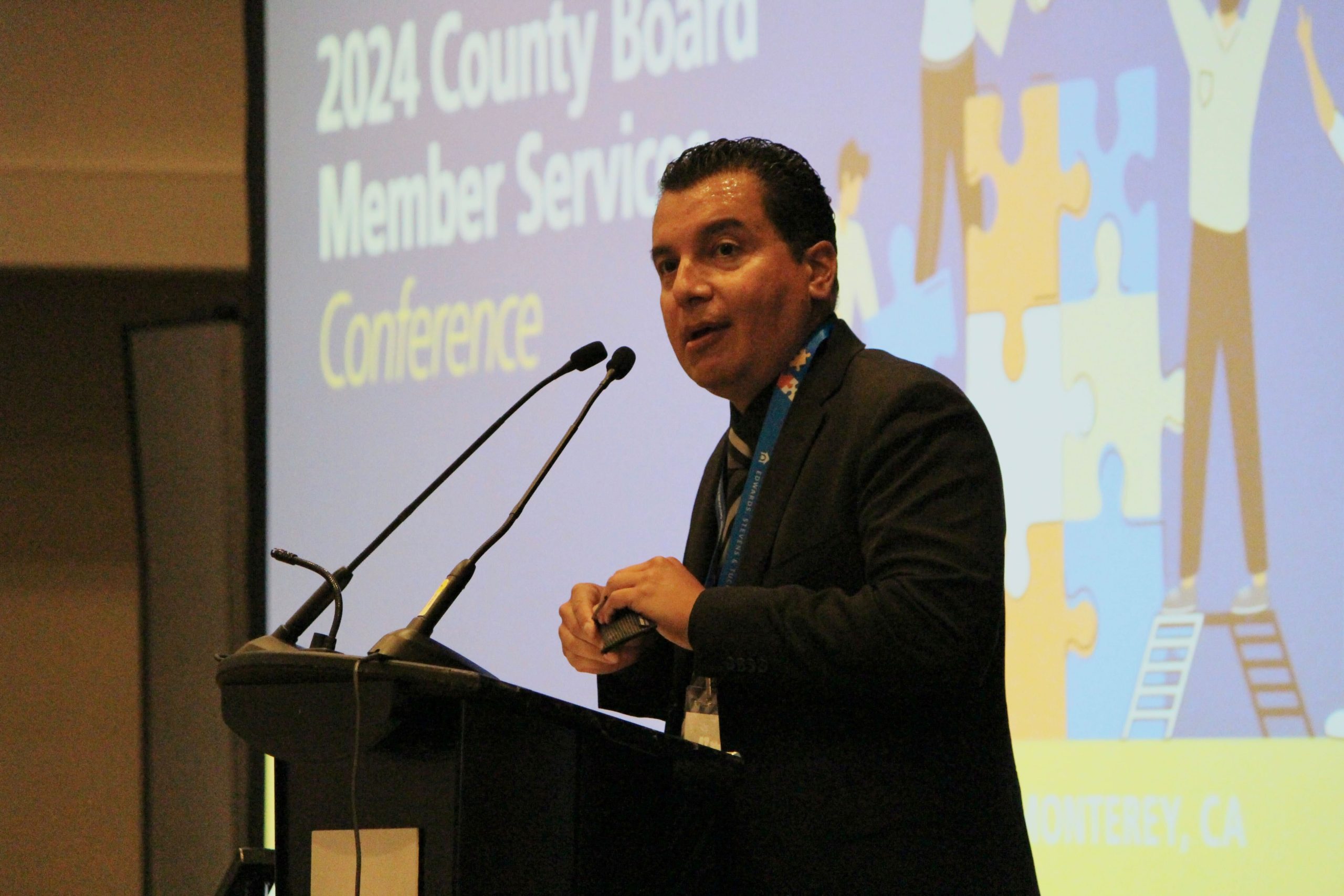The important role of governance teams and their ties to district success was highlighted at the Feb. 7 California Collaborative for Educational Excellence board meeting in downtown Sacramento.
In addition to its main role working with the California Department of Education and county offices of education to implement the state’s new System of Support, the CCEE has a statutory obligation laid out in Assembly Bill 1840 requiring the agency to assist districts in state receivership or “fiscal distress.” Staff has largely been working with the Inglewood and Vallejo City Unified School Districts in that arena thus far.
In reviewing the districts and offering technical assistance, Karla Estrada, CCEE director of Systems Improvement and Education, said a holistic and locally-tailored approach delivers the best results. A key piece that staff wasn’t fully aware of heading into the process was the presence of an effective governance team, she said. Often not included in examples from around the country, Estrada said, is the fact that governing board policies and values must align with the missions and visions of the superintendent, principals and other staff to instruct and serve all students.
CCEE board Vice Chair Tim Sbranti and board member Sandra Lyon said they appreciated the inclusion of the governance team in looking at a district’s big picture and needs. Sbranti is a longtime educator and athletics coach in the Dublin Unified School District, while Lyon is the superintendent of the Palm Spring Unified School District.
“I think we can help a lot of other agencies and districts,” Sbranti said. He later in the meeting reaffirmed the key role that school board members play, saying they should be included in CCEE communications and outreach efforts to the same degree as other important stakeholders.
Estrada and CCEE Executive Director Tom Armelino said the biggest challenge for the agency will be developing the capacity and best practices to assist all in-need districts, while still respecting the unique circumstances and cultures at districts across the state. “Differentiation really has to be enacted,” Estrada said.
Additionally, Armelino said the CCEE’s duties differ from past state efforts to identify and review district shortcomings, then leave the picture. “We actually have to sit at the table and help them figure out the plan,” he said.
In other news:
- CCEE, CDE, lead agency representatives and county superintendents will come together for the first time Feb. 12 in Sacramento to focus on integrating all their roles into the state’s System of Support, a foundational element of the school accountability system that connects local educational agencies to each other and state resources. A full list of lead agencies is available in the CCEE online agenda packet.
- The CCEE is looking for feedback from a variety of people, including school board members, on the planning and formation of its first professional learning network through its new Community Engagement Initiative. A survey is available online through the middle of February. The network will include district teams that have been successful with community engagement and will share best practices.
- Staff highlighted Gov. Gavin Newsom’s budget proposal, which calls for $11.8 million in ongoing funding for CCEE, an increase of $232,000 from the year prior. The proposal expressed support for the state System of Support and for the work “to address root causes that contribute to persistent low achievement in some student groups and to continuously improve the quality of public education in the state.”
- Chief Deputy Superintendent for Public Instruction Lupita Cortez Alcalá was sworn in and served as a CCEE board member as delegated by Superintendent of Public Instruction Tony Thurmond. Alcalá, a former CSBA legislative advocate, previously served as executive director of the California Student Aid Commission.





